Animal Alternative Technologies Uses 3D Printing for Ethical Meat Production
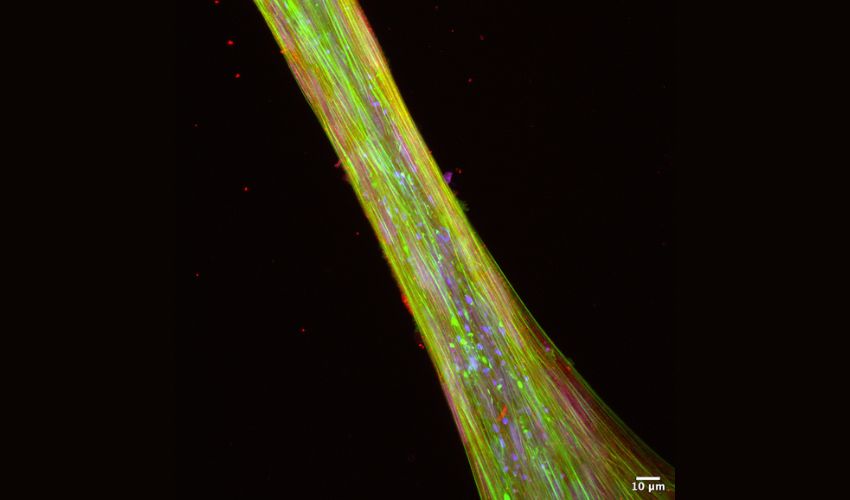
Along with dairy production, the meat industry is now known to account for 83% of agricultural land use and produces 18 per cent of greenhouse gases, including methane and nitrous oxide. What’s more, a study from the University of Oxford found that eating a vegan diet could cut an individual’s carbon footprint by up to 74%, making it the single best way to help the planet. It might like a no-brainer, right? Despite these statistics, meat features heavily in cuisines from all around the world and many of us could not imagine life without it. Thankfully, substitutes have become increasingly popular in recent years, particularly those which emulate meat in taste and texture. Something less well-known is lab-grown meat: today, we will introduce you to Clarisse Beurrier of Animal Alternative Technologies, a firm based in Cambridge, UK, which uses 3D printing to create cultured meat. To find out more about her motivations and thoughts on the meat industry as it stands, just read on.
3DN: Could you introduce yourself and explain your link to 3D printing?
My name is Clarisse Beurrier and I am the co-founder and CEO of Animal Alternative Technologies. We are an engineering B2B startup based in the University of Cambridge focused on scaling up cultured meat for food sustainability and security. 3D Printing has a big role to play in this innovative sector of Cellular Agriculture (this term means making agricultural products by growing cells instead of raising and slaughtering animals). At Animal Alternative Technologies, we already use 3D printing for many applications because it offers great flexibility, especially for rapid prototyping and the creation of custom parts.
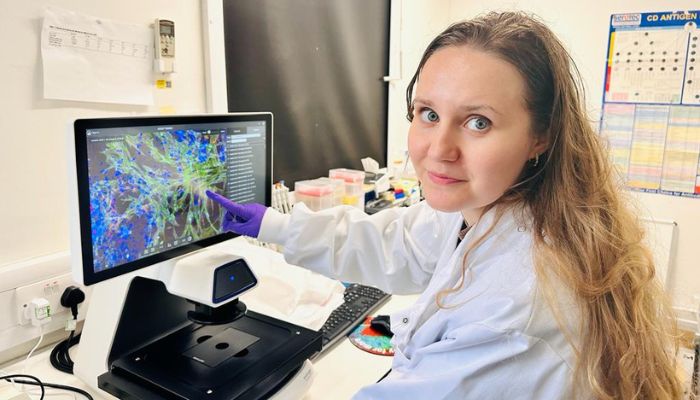
Clarisse Beurrier, the CEO of AAT
My hope is to make cultured meat production accessible to all, whilst leaving no one behind in this race to reinvent meat. We are creating scalable industrial processes for the major types of mammalian meats first processed types of meats and then structured like steaks, focusing on cost reduction.
3DN: What were your motivations to found AAT?
Livestock is the largest land use on the planet, a major source of greenhouse gas emissions, and the biggest source of deforestation, water pollution, demand for antibiotics, and new diseases infections such as swine flu. Cultured meat can be a sustainable, ethical and safe alternative to animal husbandry. However, there is no commercially possible production process yet. Additionally, there are high barriers to entry, such as ~$100M and 5 years needed for R&D that prevent widespread adoption. AAT removes these barriers to entry by performing all necessary R&D and offering pre-approved, end-to-end cultured meat production systems that are also viable alternatives to larger factory farms.
And we believe we can help in an already existing wider trend of moving away from meat. Take for example the UK and France, both countries have a high meat intake (both over the recommended amount), and meat has been a symbol of social status and masculinity in both these countries for a long time. However, in the last 20 years younger generations are moving away from meat consumption, citing environmental, ethical and health concerns. As a result, there has been a surge in alternative protein alternatives on the market both from large established players but also from new startups like HappyVore, and as part of supermarket chains own offerings. In the UK it seems that there are more ready-made options, optimized for convenience, and larger offerings in white meats, whereas in France people traditionally eat more red meats.
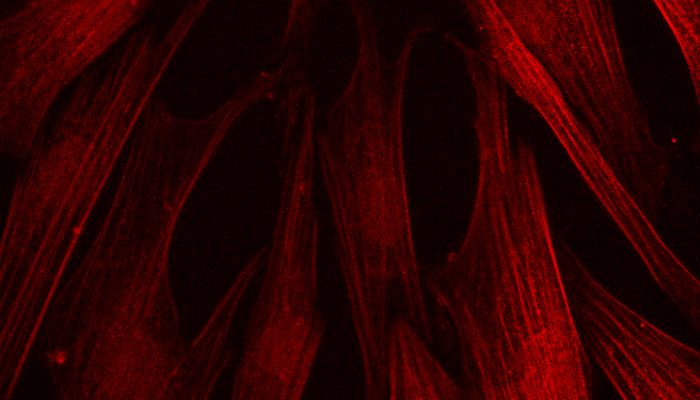
Ovine muscle
3DN: How does Animal Alternative Technologies use additive manufacturing?
At AAT we mainly use additive manufacturing to produce specific parts for our bioreactor prototypes (machines similar to beer fermenters that allow cells to be cultivated by giving them optimal conditions, such as temperature, oxygen, nutrients, etc.) . We have a team of engineers and access to specialized workshops because the machines on the market (even the smallest ones) cost more than 20,000 euros and are not made to produce cultured meat. They are poorly adapted, not only to the needs of the cells, but also of this new industry which can only succeed if the cost of production is competitive with the price of conventional meat (coming from the slaughterhouse). We also use it to print molds for materials (plants or composites) that serve as a framework, where the cells attach themselves to it and become muscle/fat and to manufacture certain parts of our biosensors.
3DN: Can 3D printing have an impact on the way we consume meat?
Thanks to its wide applicability, 3D printing can play a role in various aspects of alternative meat development and/or production. At AAT we primarily use 3D printing to build custom parts for cultured meat manufacturing systems, whereas some plant-based meat companies like Novameat, for example, use it to create better meat textures and taste. Another cultured meat startup, Aleph Farms, made a prototype ribeye by directly bioprinting live cells. I’m also interested in seeing if bioprinting technology can evolve and be a viable option for at least part of a large-scale cultured meat production process, as it could increase our options and flexibility. And yet, these two technologies are so new and have so much potential that it is only the beginning of a symbiotic relationship.
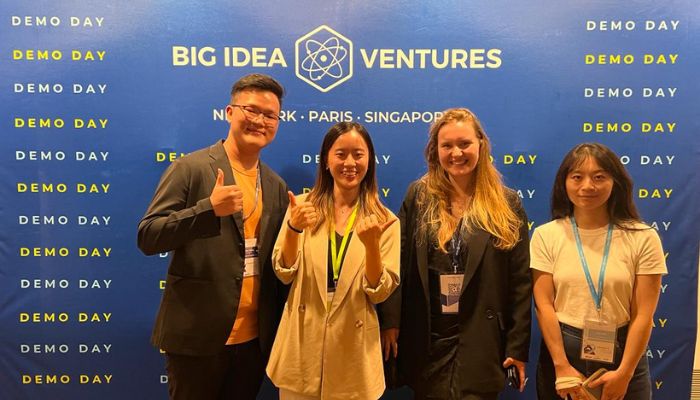
Clarisse Beurrier with two founders in the cultivated fish space Aaron from Fisheroo, YiTing previously at Big Idea Ventures (the most active investor in the alt protein space) and Xixi from Sono Biosciences (from left to right)
3DN: Who are the consumers? How do you think this will change over time?
There has been some preliminary market research on cultured meat’s prospective customers. They seem to be mainly traditional meat eaters, which are in turn more likely to be middle-aged men with higher incomes. These customers want the same meat, they are attached to the social customs and tradition associated with the products and prioritize taste above other factors. In particular, the early adopters of cultured meat are people who like novelty and are looking for an edge. They are curious about technology and themselves exert some kind of technical leadership in their companies.
Cultured meats will initially be priced similarly to organic meats and therefore sold as a more premium product. But as the technology scales, the costs can be brought down further. In time, with a wider product range and prices, I think the cultured meat industry will be able to attract a wider range of customer profiles, from different socio-economic groups, cultures, etc.
3DN: What are the things that need to be done to help the acceptance of cultured meat among the public?
I think that, just like for any new technology, full disclosure and transparency is key to people trusting the product. This is especially important in our case, as we are talking about food. The EU’s Novel Foods Regulation is a stringent process that every cultured meat company needs to go through to be allowed to sell their products in the EU, so consumers can be assured of the highest standards of quality and safety will be met. As cultured meat will most likely be priced at a premium compared to livestock meat, I think it is also important for customers to understand why and how it compares by holding livestock meat to the same standards of transparency.
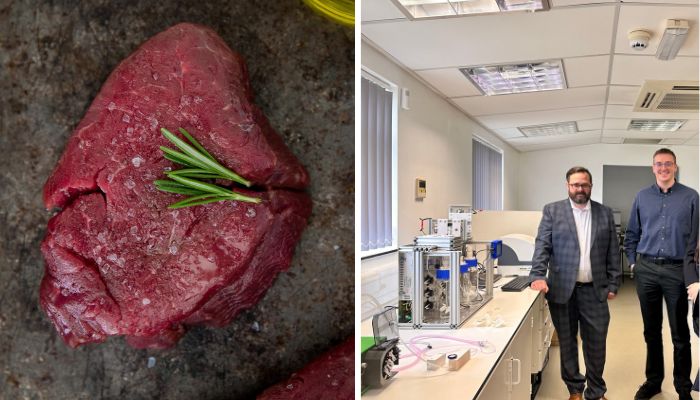
Animal Alternative Technologies’ bioreactor prototypes (right) are used to make lab-grown meat
3DN: Any last words for our readers?
Thank you for your curiosity and interest in this field and we would love to hear from you! Do you have other applications in mind for 3D bioprinting in foodtech? How would you tackle the challenges of scaling up cultured meat to be cost competitive with animal farmed meats? You can find out more about Animal Alternative Technology on our website HERE or in our research HERE.
What do you think of the work of Animal Alternative Technologies (AAT) on cultured meat? Let us know in a comment below or on our LinkedIn, Facebook, and Twitter pages! Don’t forget to sign up for our free weekly Newsletter here, the latest 3D printing news straight to your inbox! You can also find all our videos on our YouTube channel.
*All Photo Credits: Animal Alternative Technologies/AAT






